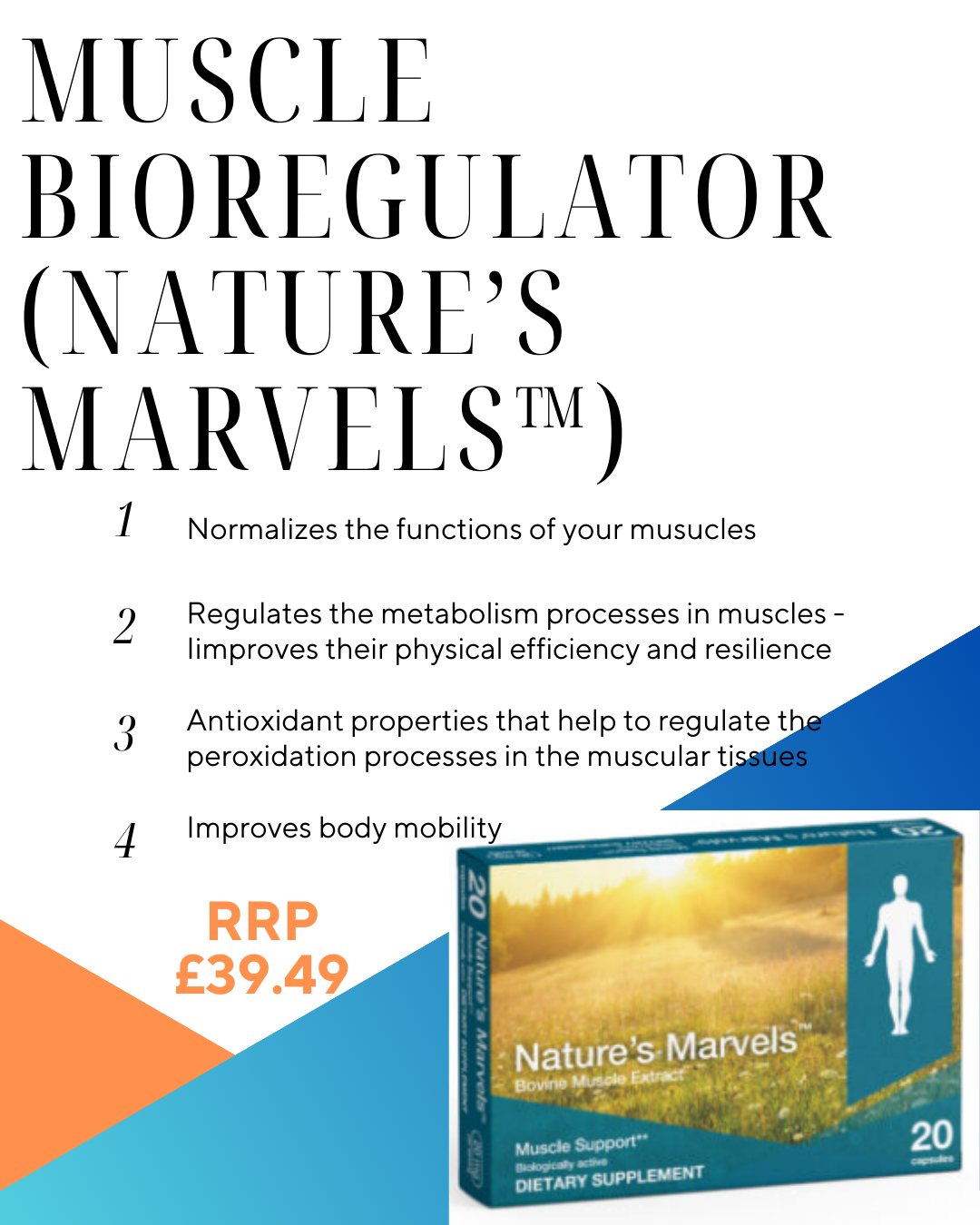Aging, Muscles & Exercise_
by Dr. Richard Lippman
November 29th, 2016
Dear antiaging fans, here is something for you to consider the next time you pound your Nikes on the pavement. A Copenhagen Health Study followed 5,000 Danes for approximately twelve years (1). Their results showed that Danish high-mileage runners died much more readily than did couch potato Danes! On the other hand, moderate joggers did better than couch potatoes. High-mileage runners were defined as those who ran faster than seven mph for more than 2.5 hours a week.
Lead Danish researcher, Professor Peter Schnohr of the Frederiksberg Hospital in Copenhagen, wrote; “Long-term excessive exercise may be associated with coronary artery calcification, diastolic dysfunction, and large artery wall stiffening. (Figure one).

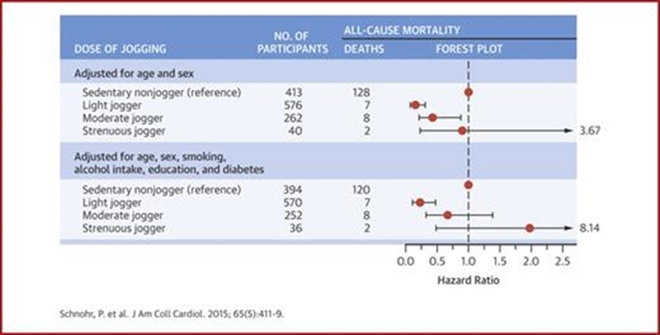
Figure 1: Danish research highlights that overly intensive exercise is detrimental to health and may accelerate aging.
I have measured these adverse effects with BioCuff™, which was unfortunately not available to Prof. Schnohrol. Moreover, ‘diastolic dysfunction’ can often be corrected by balancing your hormones with Armour™ thyroid, vasopressin (Vaso-Pro™), oxytocin (Oxy-Pro™), and aldosterone (Aldo-Spray™)*.
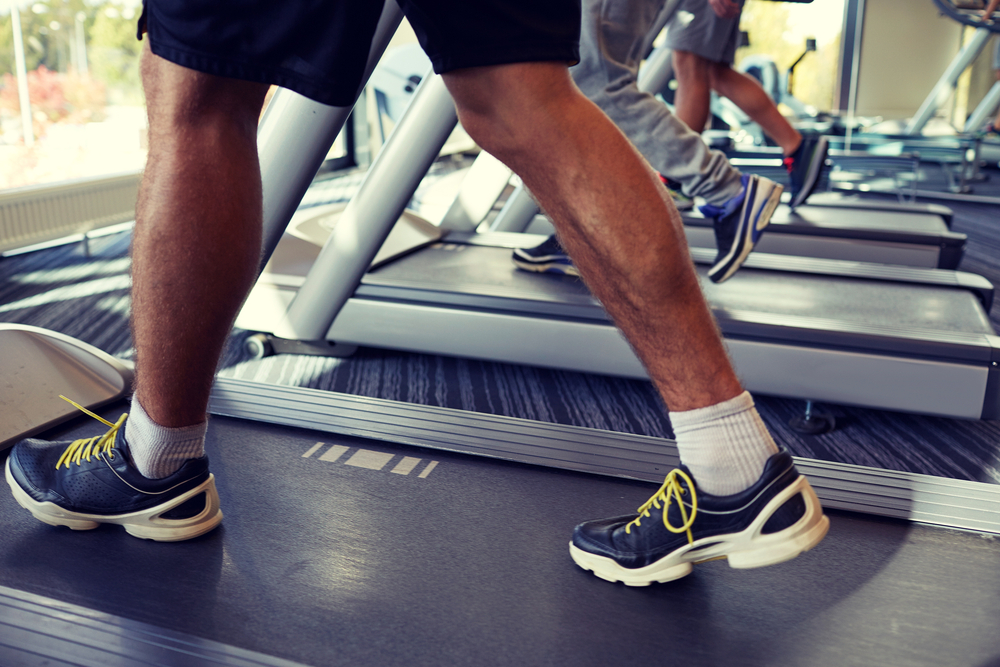
A Critical Question
This comprehensive Danish study poses a critical question: Why is heavy or extensive running bad for our health? Medical research has no definitive answers to this basic question. However, I have a theory, first revealed in my 2009 book Stay 40 (2).
In my book, I stated emphatically that very heavy exercise causes a cascade of free radicals eight times the norm and this cascade overwhelms all our defense systems. What I mean is that during couch-potato resting, oxygen entering our lungs is easily handled by our bodies’ lines of defense, especially our antioxidant enzymes, catalase and SOD (superoxide dismutase). These two enzymes easily eliminate oxygen-generated free radicals. Indeed, our free-radical lines of defense can dismutate (render harmless) double the amount of free radicals that are generated at rest.
However, when we exercise excessively–as in the case of high-mileage running–our oxygen-generated free radicals are approximately eight times those produced by couch-potato respiration. Thus, our defenses are overwhelmed and damage occurs to our cells and DNA.
In truth, for people in their teens or twenties, this radical damage is often quickly repaired by a robust hormone system containing high and balanced amounts of sex hormones (testosterone and estradiol), as well as key upstream repair hormones such as growth hormone and IGF-1.
However, in people over the age of forty, peptides and hormone deficiencies and imbalances do not promote cell and DNA repair by free radicals. This is my key thesis explained in detail in Stay 40 (2). I also propose that rapid aging is caused by the use of excessive quantities of alcohol and drugs, both legal and illegal.
If you doubt these statements, consider before-and-after photos of older people who exercised heavily for a period of eleven months without consuming free-radical scavengers.
Although these older people have apparently benefitted from heavy exercise, as demonstrated by their improved muscle mass and definition and simultaneous loss of body fat, these benefits appear to have been achieved at the expense of rapid aging of their faces and graying of their hair!
If they had taken optimum amounts of free-radical scavengers as contained in ACF228™, (see images below) the effects of heavy exercise would less likely have caused age-related damage to their faces and hair. Alternatively, these people could have balanced their hormone output to reflect that of young people in their twenties and thirties. Balanced hormone output usually means consuming daily the above-mentioned sex hormones and key upstream hormones, as well as corrective amounts of thyroid and adrenal hormones (Armour™ thyroid and hydrocortisone).
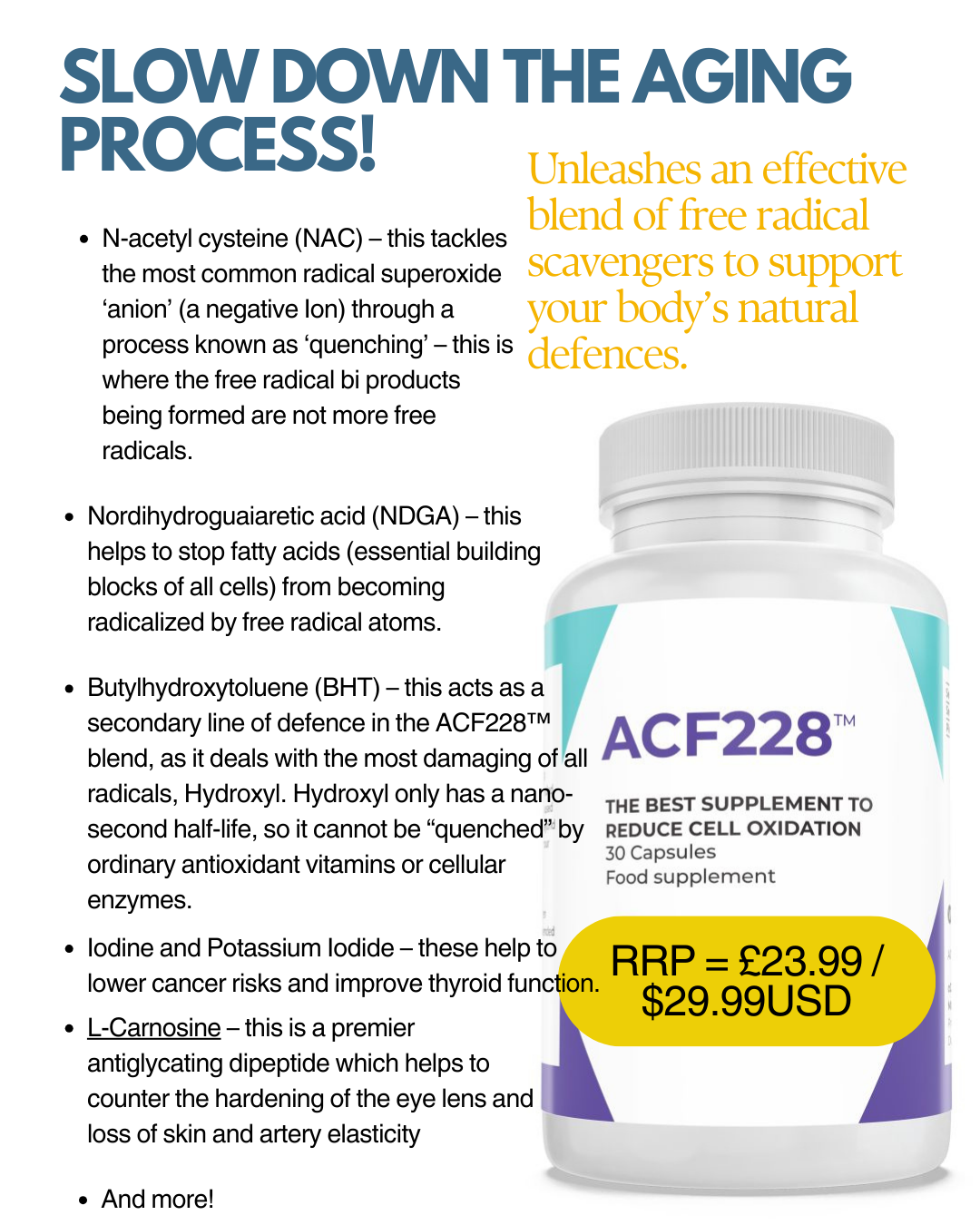
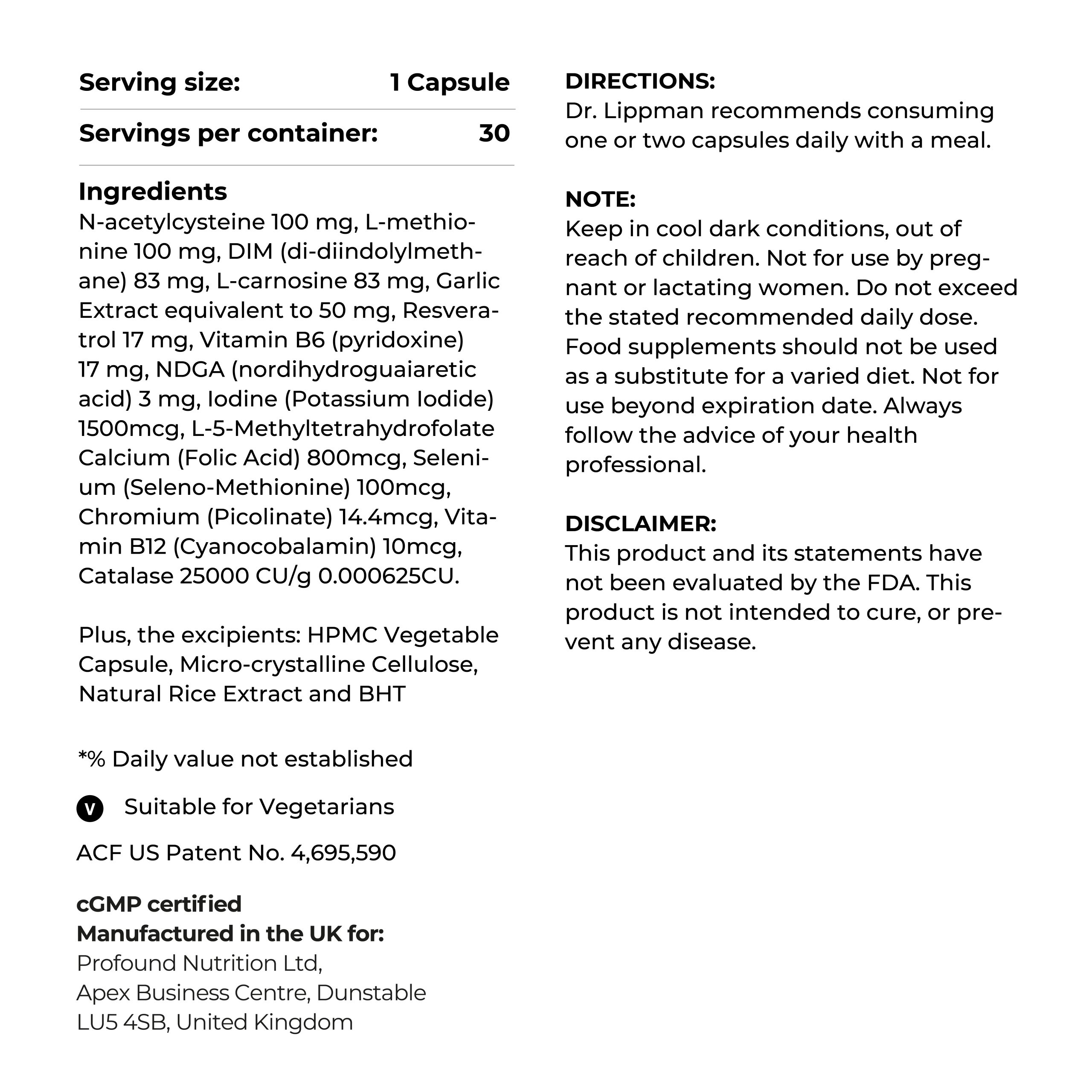
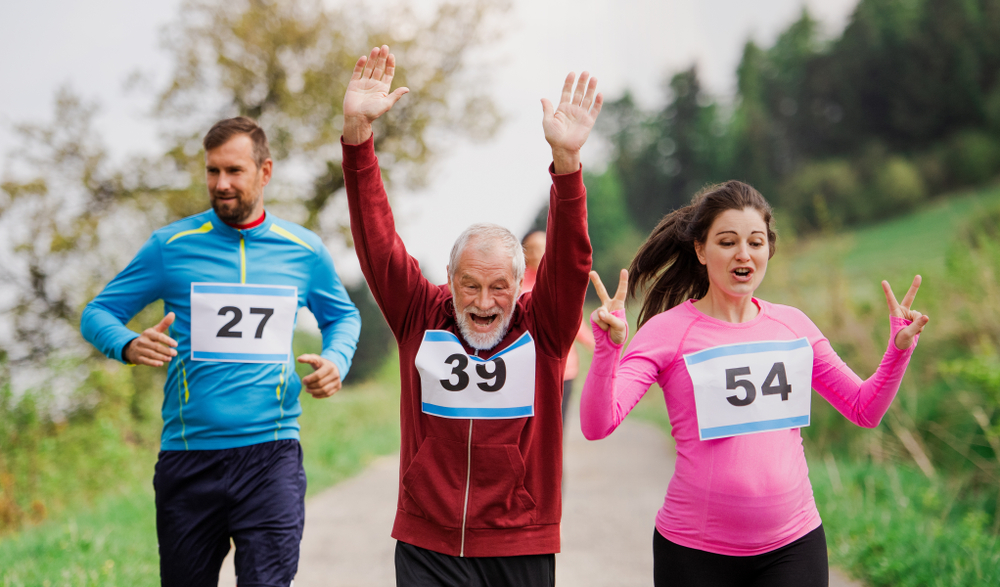
Aging & Speed
I believe that heavy exercise in older people merely speeds up the process of aging. The same effect is experienced in people young-or-old who use methamphetamine. This illicit drug (‘speed’) will indeed hasten aging and physical deterioration. I have measured free radicals in intravenous speed users, using near-infrared spectroscopy, and determined that the highest levels of free-radical metabolites, namely lipid peroxides, occur when speed is injected into the arm (2).
In addition, I recommend avoiding most synthetic pharmaceutical stimulants, which, like speed, may encourage rapid aging. I believe these legal drugs should only be used in cases of emergency or dire need, because they are the fourth leading cause of death in the USA. (3)

False Impressions About Diet, Exercise And Aging
On February 12, 2015, the Diabetes and Endocrinology section of the Lancet published a study about a widespread misconception concerning diet, exercise and aging in the United States. Professor Christopher N. Ochner and his colleagues from Mt. Sinai Hospital, Colorado, stated that Americans wrongly believe that weight loss can be achieved merely from diet and exercise. On the contrary, he stated, “Once obesity is established, however, body weight seems to become biologically ‘stamped in’ and defended.” He further said, “The average adult with sustained obesity has less than a 1 percent chance of re-attaining and maintaining a healthy body weight without surgery.”
This ‘stamped in’ effect is largely caused by free radicals that slow our metabolism, and decreasing amounts of hormones that prevent us from efficiently burning the calories we consume.
Other Types of Stiffening
As stated previously by Prof. Schnohr, excessive exercise can cause arterial stiffening. During aging, another type of stiffening is the stiffening of our muscles. You may ask, “What exactly do you mean by ‘muscle stiffening’?”
Allow me to pose some questions: have you ever seen the backs of two men, aged twenty and eighty, walking away from you at a great distance—say fifty yards or more?
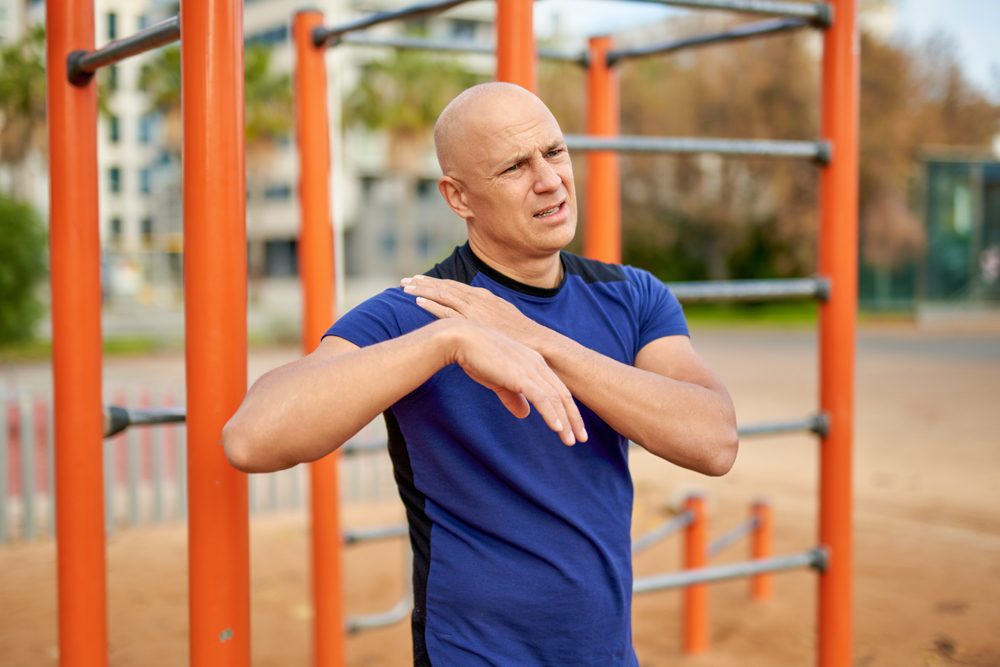
If so, which one of them is twenty and which is eighty? Of course, the answer is that the eighty-year-old walks with a stiff gait not seen in the twenty-year-old. This difference in gait becomes increasingly apparent as a person grows older. Indeed, according to the Los Angeles Gerontology Research Group, eventually no one can walk who is over the age of 110 years.
Thus, avoiding walking with an increasingly stiff gait is important to everyone interested in aging and in doing something about one’s aging. I have often pondered how I could improve my gait during aging. I am faced with the hard reality of an increasingly rickety gait in my senior years until, if I live to be 110 years old, I will eventually end up in a wheelchair.
Then I discovered some special peptides developed for elite Russian troops during the Cold War. I read that these special peptides are made today in Denmark by a patented extraction method. After three days of oral application, these special proteins added spring to my gait and flexibility to my aging muscles and body. I have mentioned several of these peptides previously in this article and in other articles I have written. Interestingly, I found that the Russian ‘muscle’ peptide bioregulator ‘Gotratix®’ (see imagebelow) helped significantly with my muscle pain and flexibility after exercising. Indeed, pain and stiffness were nearly eliminated after only three days of use. In fact, I found myself refreshed with new vigor and agility.
On the negative side, I needed greater focus on the motion and coordination of my legs because I was not used to such newly realized muscle speed, balance and poise.
I began by taking two capsules the first day and then one capsule thereafter for a total of twenty days. I also took the same amount of the brain peptide ‘Cerluten®’ (see image below), which I believe complements Gotratix® by better coordinating the brain with the actions of the muscles.
Cerluten® also seems to positively affect the entire nervous system as stated by Dr. Ward Dean in his collaboration with prominent Russian scientist Professor Vladimir Dilman. With these extensively tested Russian peptide bioregulators, I hope to avoid the rickety walk of other eighty-year-olds and perhaps avoid ending my days in a wheelchair.
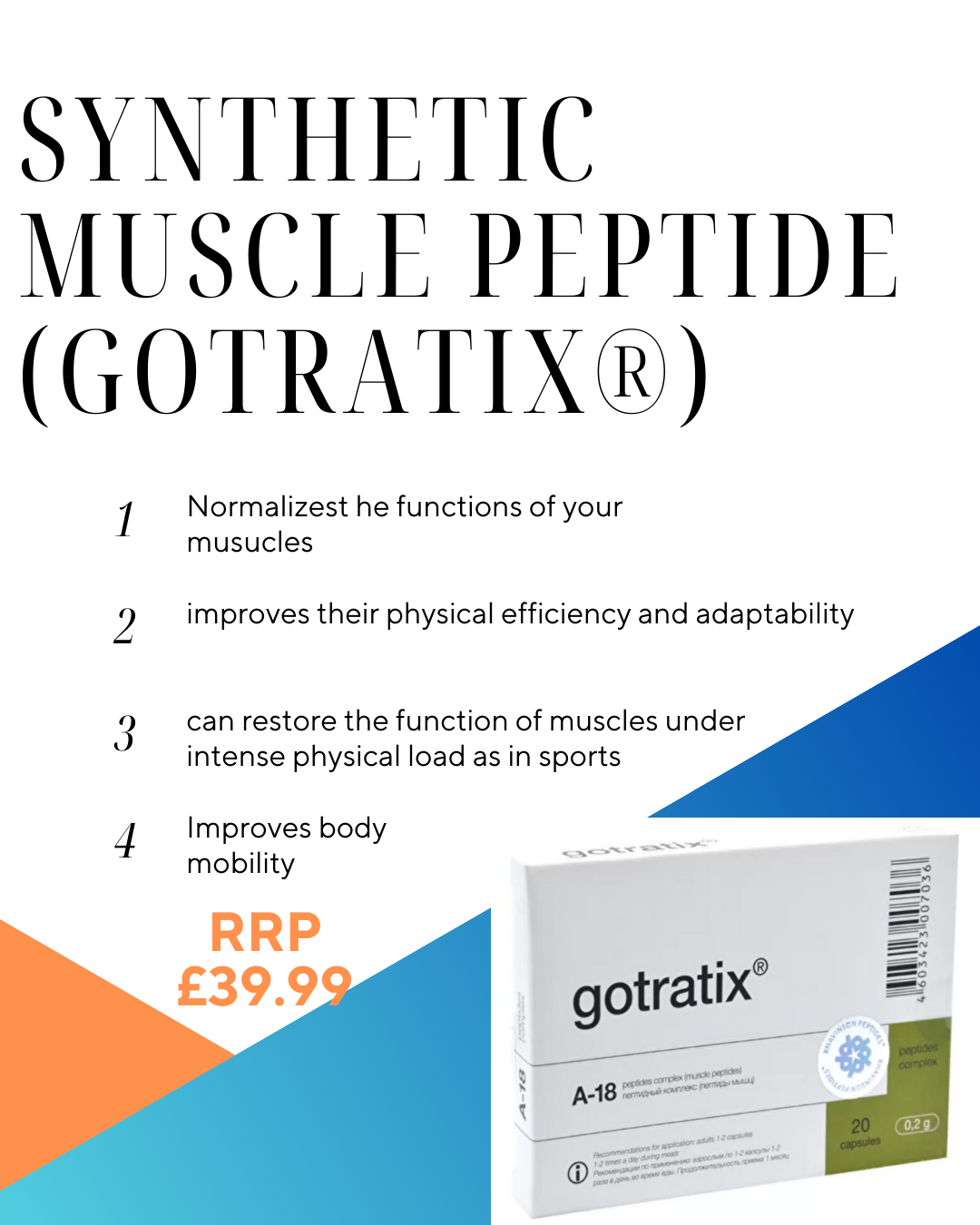
The typical way to dose any peptide bioregulator is to initially take an ‘intensive’ course which is 2 capsules a day for 30-days (60 capsules) and then follow every 3 months with 2 capsules a day for 10-days (20 capsules). Therefore, the ‘average person’ requires 120 capsules of a peptide bioregulator for a year.
In some cases, where there is a more severe need, the repeat regime can be increased to 20-capsules every 2-months, or even every month. These amended doses can only be judged in practice and for the need of the individual.
Peptide Bioregulators, gene switches that could replace stem cells!
The mechanism of bioregulators means that they rarely have to be used every day. Therefore the typical programs that are recommended are as follows:
1. For healthy persons, wishing to support and maintain their condition, take 2 capsules once a day for 10 days (1 pack) and repeat every 3 months.
2. For persons, more concerned about their current condition, the program should be 2 capsules once a day for 10 days (1 pack), every month.
Peptide Bioregulators, gene switches that could replace stem cells!
References
chnohr, P. et al. “Dose of Jogging and Long-Term Mortality. The Copenhagen City Heart Study,” J. Am. Coll. Cardiol. 65(5), 411–419.
2. Lippman, R. 2009, Stay 40, Outskirts Press Inc., Boulder, Colorado.
3. fda.gov/drugs/developmentapprovalprocess/developmentresources/druginteractionslabeling/ucm110632.htm
4. * Armour™ thyroid, vasopressin (Vaso-Pro™), oxytocin (Oxy-Pro™), and aldosterone (Aldo-Spray) are available for distribution in the US. Get in touch for more info.

